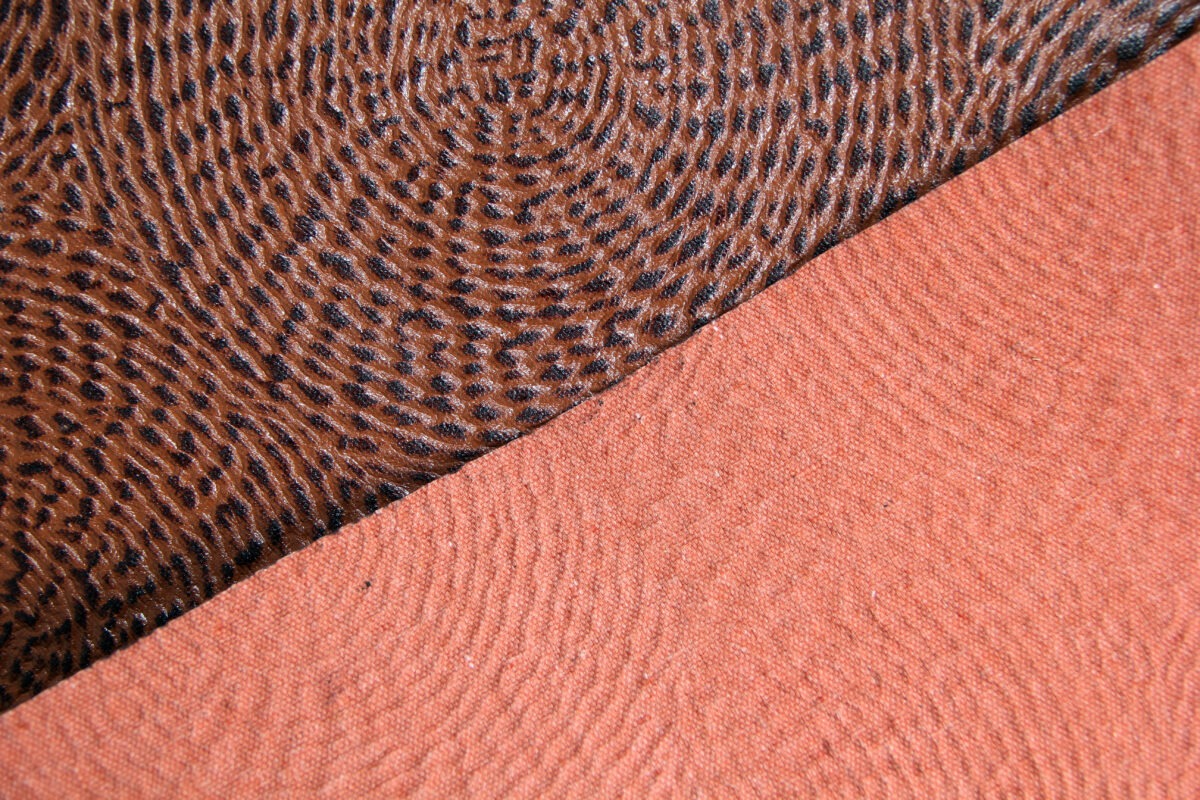Introduction
Biomaterial innovation is changing the way we think about materials. These eco-friendly alternatives come from natural sources like plants, fungi, and bacteria. Biomaterial innovation in sustainable fashion helps reduce pollution, replace plastic, and create a greener future. From plant-based leather to biodegradable plastics, biomaterials are shaping industries like fashion, healthcare, and construction.
Table of Contents
- The Evolution of Biomaterials
- A Brief History of Biomaterial Innovation
- The Legacy of Biomaterials in Industries
- Latest Trends in Biomaterial Development
- How Biomaterials are Shaping the Future
- Challenges and Future Potential
- Frequently Asked Questions (FAQs)
- Conclusion
The Evolution of Biomaterials
Biomaterials have been used for centuries, from natural fibers in clothing to wooden tools. In modern times, scientists have developed advanced biomaterials, including biodegradable plastics and plant-based leather. These materials replace harmful synthetic alternatives and offer a sustainable future.
Sub-Points:
- Ancient Biomaterials – Natural fibers, wood, and stone used in early civilizations.
- Modern Biomaterials – Innovations like bacterial cellulose and mushroom-based packaging.
- Role in Sustainability – Reducing carbon footprints and plastic waste.
- Future Evolution – New discoveries in bio-engineered materials.
A Brief History of Biomaterial Innovation
The journey of biomaterials began with nature’s raw materials like wood, cotton, and animal hides. With the rise of technology, scientists started creating bio-based alternatives to replace plastics and harmful chemicals. Today, biomaterials are used in medicine, textiles, and packaging.
Sub-Points:
- Early Uses – Plant fibers and animal-based materials in ancient societies.
- Industrial Revolution – Shift from natural to synthetic materials.
- Biotech Advancements – Development of biodegradable and lab-grown materials.
- Present-Day Applications – Biomaterials in medical, fashion, and tech industries.
The Legacy of Biomaterials in Industries
Biomaterials are reshaping various industries by providing sustainable and ethical alternatives. They reduce environmental harm while maintaining quality and functionality. From biodegradable surgical implants to plant-based leather, their impact is growing rapidly.
Sub-Points:
- Medical Innovations – Biomaterials in prosthetics, implants, and drug delivery.
- Fashion & Textiles – Plant-based leather and biodegradable fabrics.
- Construction & Design – Eco-friendly building materials and bioplastics.
- Tech & Packaging – Compostable packaging and bio-based polymers.
Latest Trends in Biomaterial Development
With growing awareness of sustainability, new biomaterial trends are emerging. Scientists and companies are working on creating durable, cost-effective, and biodegradable materials to replace traditional plastics and synthetic textiles.
Sub-Points:
- Plant-Based Leather – Vegan alternatives made from fruits and plants.
- Mushroom Packaging – Biodegradable packaging solutions.
- Lab-Grown Materials – Cultured fabrics and bioengineered solutions.
- Smart Biomaterials – Self-healing, temperature-sensitive, and responsive materials.
How Biomaterials are Shaping the Future
Biomaterials are the foundation of a sustainable future. With research and innovation, they are becoming stronger, more affordable, and widely used. Governments and businesses are investing in biomaterial solutions to replace harmful materials.
Sub-Points:
- Impact on Climate Change – Reducing pollution and waste.
- Adoption by Major Brands – Companies shifting to biomaterials.
- Government Policies – Encouraging sustainable materials.
- Potential for Everyday Use – Biomaterials in homes, cars, and tech gadgets.
Challenges and Future Potential
Despite their benefits, biomaterials face challenges like production costs and scalability. However, continued research and technological advancements are making them more accessible and efficient.
Sub-Points:
- Cost & Production – Making biomaterials affordable for mass use.
- Performance & Durability – Strengthening biomaterials for different applications.
- Market Acceptance – Increasing awareness and demand.
- Breakthroughs in Research – New biomaterial discoveries for various industries.
Frequently Asked Questions (FAQs)
1. What are biomaterials?
Biomaterials are natural or engineered materials made from plants, bacteria, or fungi, used to replace synthetic alternatives.
2. Why are biomaterials important?
They reduce environmental impact, replace harmful plastics, and offer sustainable solutions in various industries.
3. What are some examples of biomaterials?
Plant-based leather, mushroom packaging, biodegradable plastics, and bioengineered fabrics are common examples.
4. Are biomaterials expensive?
Currently, some biomaterials are costly due to production challenges, but prices are expected to drop with advancements in technology.
5. How can biomaterials help the environment?
They reduce plastic waste, lower carbon footprints, and use renewable resources instead of fossil fuels.
Conclusion
Biomaterial innovation is shaping a sustainable future by replacing harmful materials with eco-friendly alternatives. From fashion to medicine, biomaterials are making industries greener and more ethical. With continued research and investment, these materials will become more accessible and widespread. The future of biomaterials is bright, and they are key to a cleaner planet.
Written By: Bioleather

